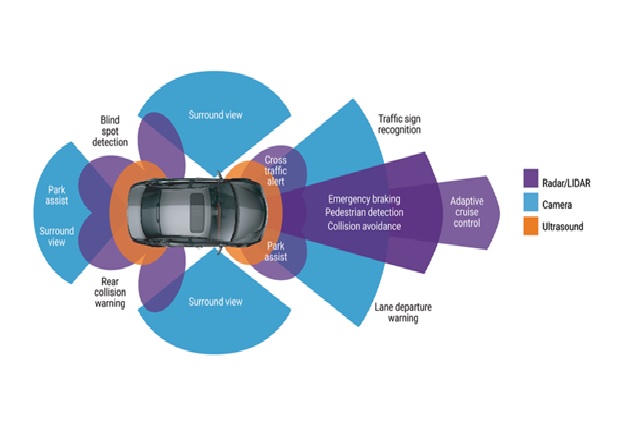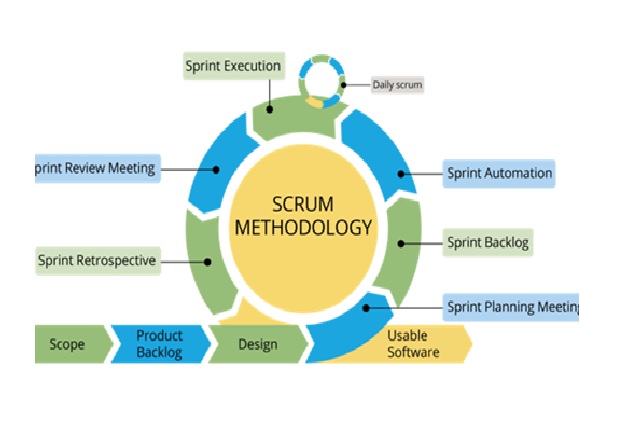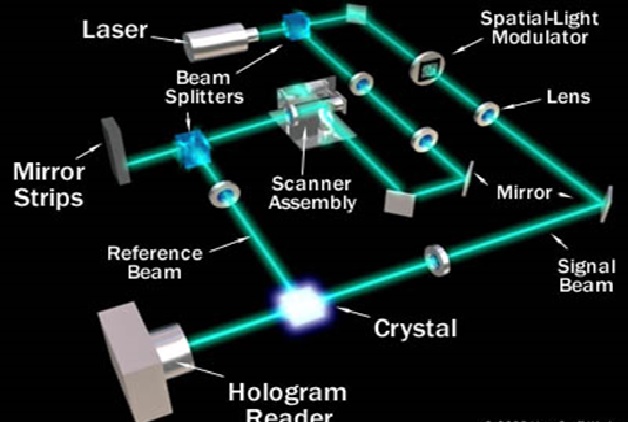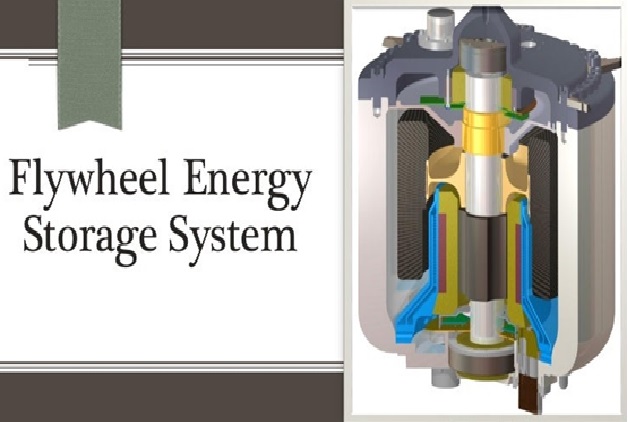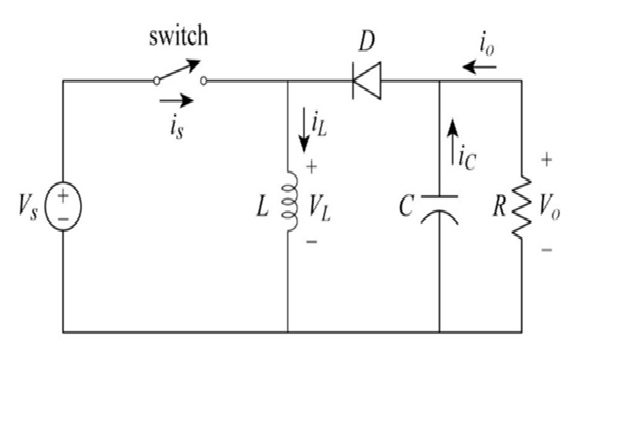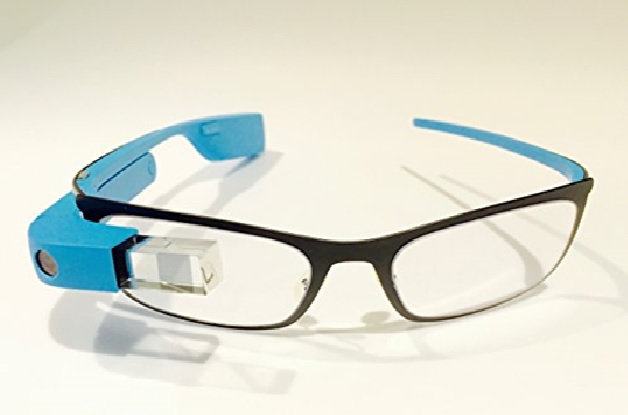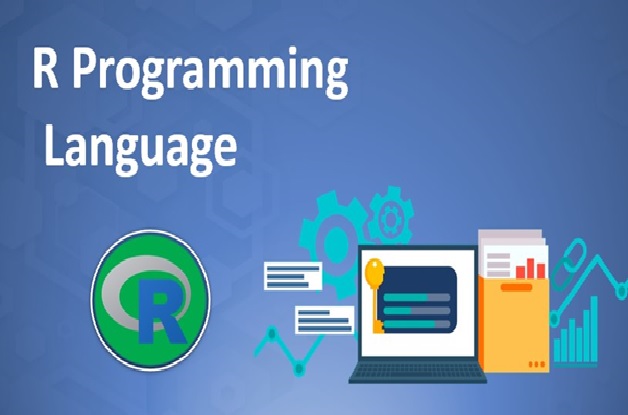Benefits of Brain-Chip Technology
2D in-vitro models such as regular Petri dishes, can form mono-layers of the target cells and can be used for high-throughput drug screening but come short in modelling higher-order complexities [1] such as the 3D nature of the cellular environment and fail to model the intercellular signalling properly. 3D histotypic and organotypic figure1 shown below models can create cellular conditions of higher complexity. Examples of these models include self-organizing organoids and bioprinted organ cultures.

Figure1: Brain-Chip Technology
Long-term maintenance of the culture and proper control over the environment is a challenge in these models. Microphysiological systems, commonly known as organ-on-a-chips are 2D or 3D cellular constructs that allow precise control, manipulation, and real-time analysis of the cells via interconnected channels in the Microfluidic device. Microfluidics Organ-on-a-chips have allowed researchers to create biologically-relevant microstructures mimicking the natural habitat of the cells for a wide variety of applications such as drug discovery, personalized medicine, or fundamental research on cellular mechanisms. Microphysiological neural systems, called brain-on-a-chips, have been a significant technological advancement in making human-relevant brain models for mimicking higher-order physiological and pathophysiological responses.
Features of a Brain Chip:[2]
- Every brain chip is mostly divided separately for their processing and memory.
- Brain chips involve bi-directional communication.
- These brain chips help robots and other higher technological systems to collect and send messages for basic functioning.
- Feedbacks are effectively taken and given by brain chips without any strain.
- No need of any visual or auditory clue since brain chips get activated with thought processes involved in the brain areas.
- Neural prosthetics will be more efficient and suitable for the physically disabled persons and helps in their movements.
- Even a single chip inserted in the human brain will have many functions to do and process things appropriately.
- Access to communication is possible from anywhere and when needed on earth.
These implantable brain chips can potentially cure life-altering diseases and injuries. The experimentation on the animal has shown some promising signs which encouraged their use in human patients. The knowledge at hands of the brain’s functionality with the integration of highly evolved implantable brain [3] chips will pave the way for the possibilities that this technology can be used in endless ways. The technology already helping patients suffering from paralyzes, the disease that supposedly incurable before, in which patients lose partially or fully movement of the body. The brain-computer interface helps paralyzed patients control a mouse cursor on a computer screen.
The brain chip is researched with a broader vision to enhance the memory of human beings, to help patients suffering from paralysis and for military use. In the future, we might see implantable computer chips acting as sensors or actuators assisting in the retention of the major part of the experience, providing fluency in several different languages and recognition of previously unmet individuals. The technology is in developmental stages, although many implants are already been made for experimental purposes in the human brain. The study of the human brain is one of the most complicated areas of research. It might take many years before the practical application of this technology can fructify.
References:
- https://www.ufluidix.com/microfluidics-applications/organ-on-a-chip/brain-on-a-chip/#:~:text=Brain%20Chips%20exploit%20microfluidic %20technology%20to%20provide%20a,of%20microfluidic%20brain%20cancer%20chips %20are%20as%20follows%3A
- https://www.techyv.com/blog/knowing-about-the-brain-chips-in-technology/
- https://blog.mirrorreview.com/brain-chip-technology/
Cite this article:
Nandhinidwaraka. S (2021), Benefits of Brain-Chip Technology, Anatechmaz, pp. 38




